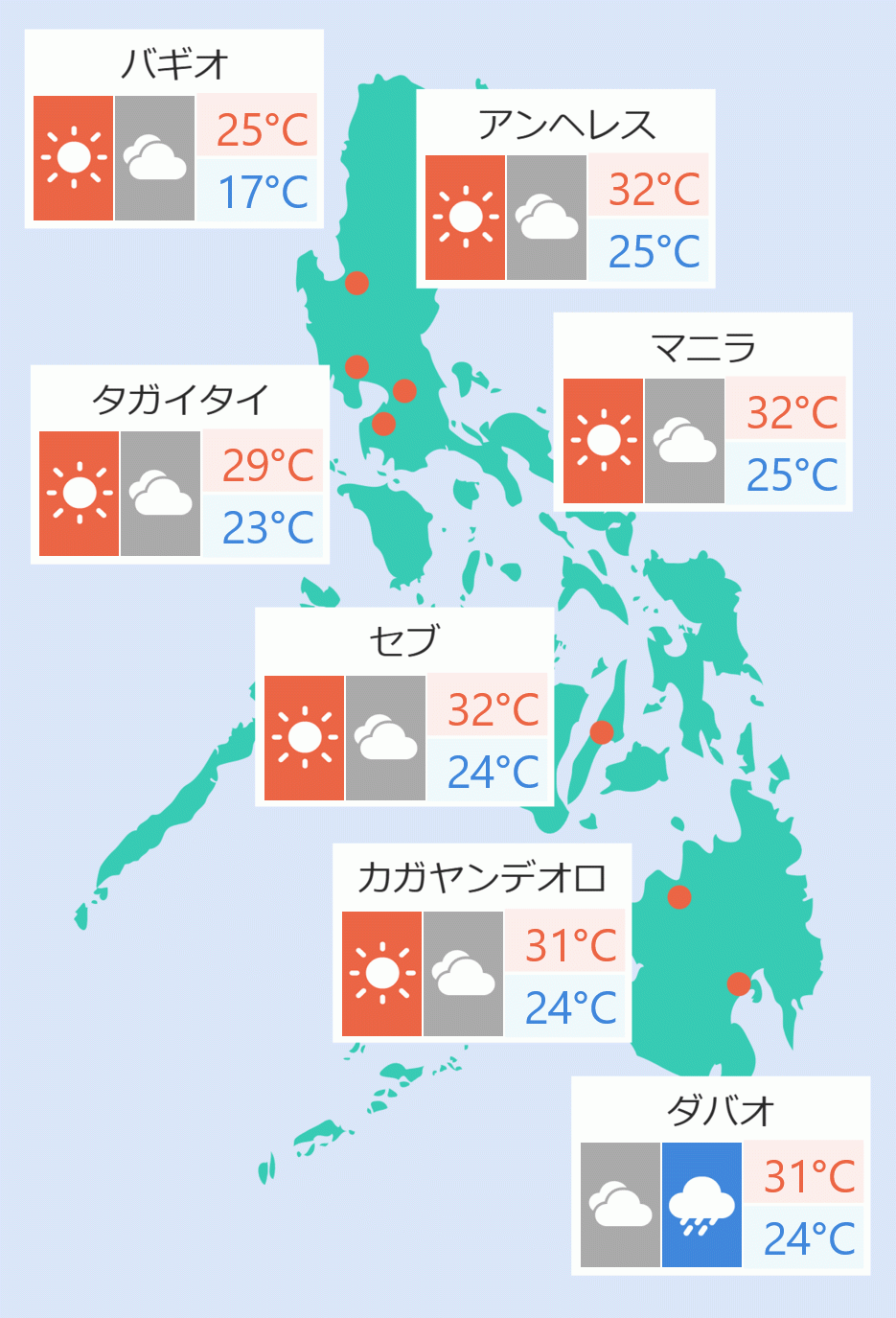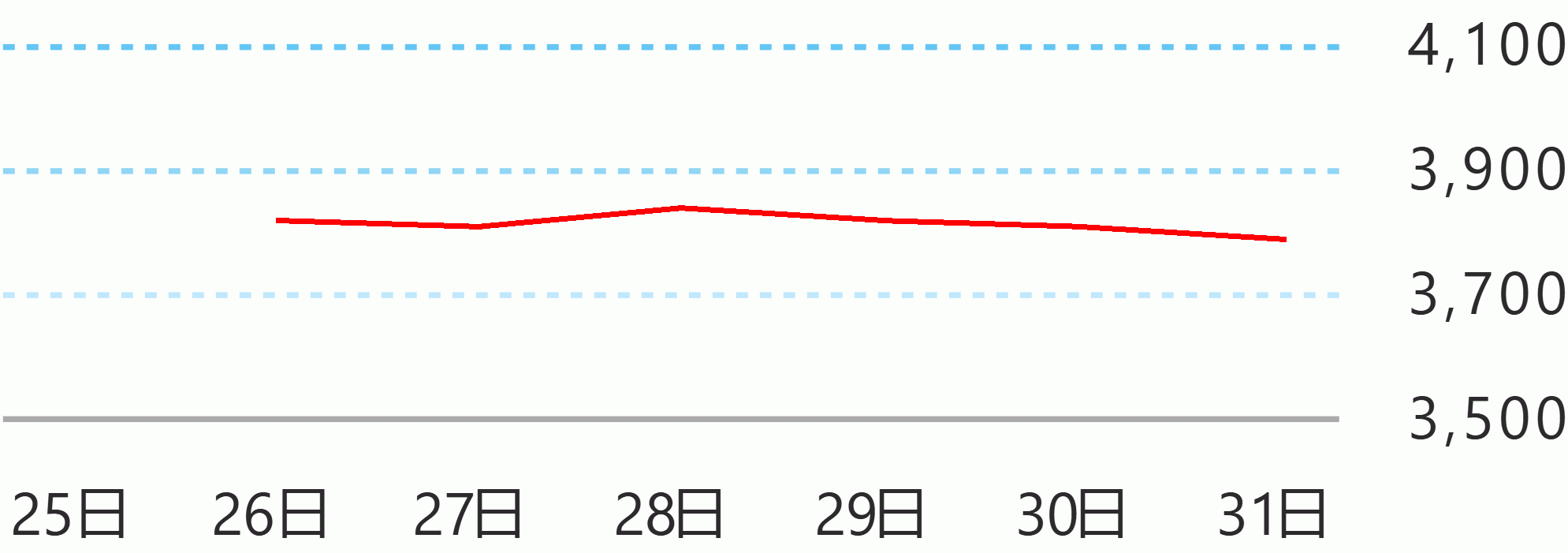Thirty percent of produce was wasted due to poor logistic systems and supply chain, a Department of Agriculture official said Tuesday.
This was announced by Agriculture Secretary Francisco Tiu Laurel Jr. in a Palace briefing as he introduced the agency's three year plan to invest heavily in post-harvest facilities in the country.
"We also have a very big move on logistics. Thirty percent of our produce, especially vegetables, is gone because of wastage, because of the poor logistics system in our food supply chain. If we can lessen or hopefully almost eliminate the losses, that will be equivalent to at least 10 to 15 percent less cost to our vegetables and high-value crops like fruits," he said.
"I got the 30 percent actually from my own experience in the business sector having run a cold chain logistics company before," he added.
Laurel said a budget of almost a hundred billion pesos is needed to fund the three-year plan which includes setting up cold storage facilities, agricultural ports and other needed post harvest facilities in the country.
"Well, for the post-harvest facility alone, we need 93 billion (pesos) in the next three years in order to save 10.7 billion (pesos) a year on wasted rice and corn because we’re losing about 12.7 to 15 percent of our rice production due to lack of post-harvest facility," he said.
"For the cold storage, our budget this year is only one billion so I will focus all of that in four cold storage to address that vegetable issue, but that can only cover part of Luzon. So, if we try to solve the problem as soon as possible, assuming 2025… I need an additional five billion to address the vegetable cold storage issue of the whole nation," he added.
Under the three-year plan the Department of Agriculture will expand and improve available agri-fishery areas to increase production; mechanize and modernize agriculture and fishery production systems; develop and improve post-harvest systems and infrastructures; and develop efficient logistics systems for input and production output.
It also involves improvement and expansion of market access digitalization; proper balancing of both the development and regulatory role of the Department of Agriculture and strong partnership with farmers, fisherfolk, and the private sector. Robina Asido/DMS




 English
English










